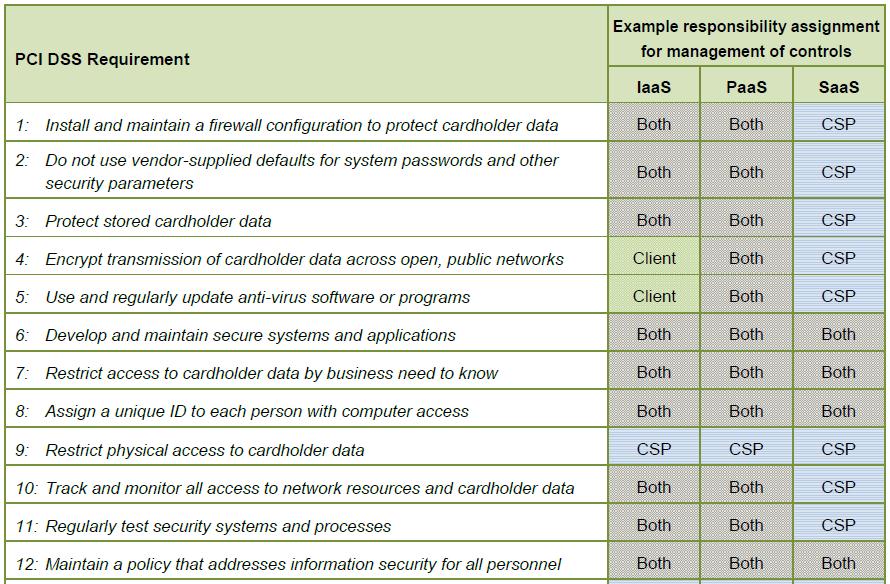Whoever from OPSCODE named this product as Chef deserves an award. As the name suggest Chef is tool for DevOps to write recipes or cookbooks for managing server applications. Big thanks to Jesse Robins (who was responsible for managing all Amazon websites) who spun off from Amazon to create OPSCODE and Chef.
Chef is a systems and cloud infrastructure automation framework that makes it easy to deploy servers and applications to any physical, virtual, or cloud location, no matter the size of the infrastructure. To achieve the objective of fully automated infrastructure Chef allows to write Ruby code called as cookbooks and recipes (reusable definitions). You instruct the Chef to apply specific cookbooks and recipes for servers and applications. You can integrate Chef with Cloud-based platforms such as Rackspace and Amazon EC2. Chef thrives on community of Chef Users who are constantly sharing cookbooks and recipes. You can save your time and you don't actually have to know how to configure anything, because someone else has worked on the on situations similar to yours.
There are several open source configuration management solutions available for managing the IT infrastructure. For those who are trying to find the answer for question like which is the best solution for configuration management (whether Puppet or Chef or cfengine or Bcfg2), the answer surely depends on another question what is your operating environment and what you want to achieve?
- Puppet is model driven tool built for system administrators (designed specifically for tasks of describing and linking resources). Puppet is considered as more matured having large install base and many enterprises are using Puppet. If you are an enterprise with broad range of skillset available in DevOps there is high chance you will choose Puppet.
- Chef is process oriented tool targeted to DevOps and needs understanding of Ruby code. Chef is gaining more and more popularity because of its power and flexibility. The only hindrance is the initial learning curve for Sysadmins. If you are acquainted with Ruby then you most probably choose Chef.
Amazon Web Services (AWS) and Chef:
Amazon Web Services' (AWS) OpsWorks application management solution uses Chef Framework to automate configuration management life cycle (configuring server instances to deploying applications) in AWS cloud environments. AWS OpsWorks includes capabilities to support your application with Resource Configuration, Software Configuration, Application Deployment, Auto Healing, Automatic Instance Scaling and Monitoring. AWS OpsWorks comes preconfigured with a default collection of Chef Cookbooks for automating standard infrastructure operations.
In the subsequent section we will deliberate on how to leverage Chef’s community cookbooks for managing AWS cloud.


